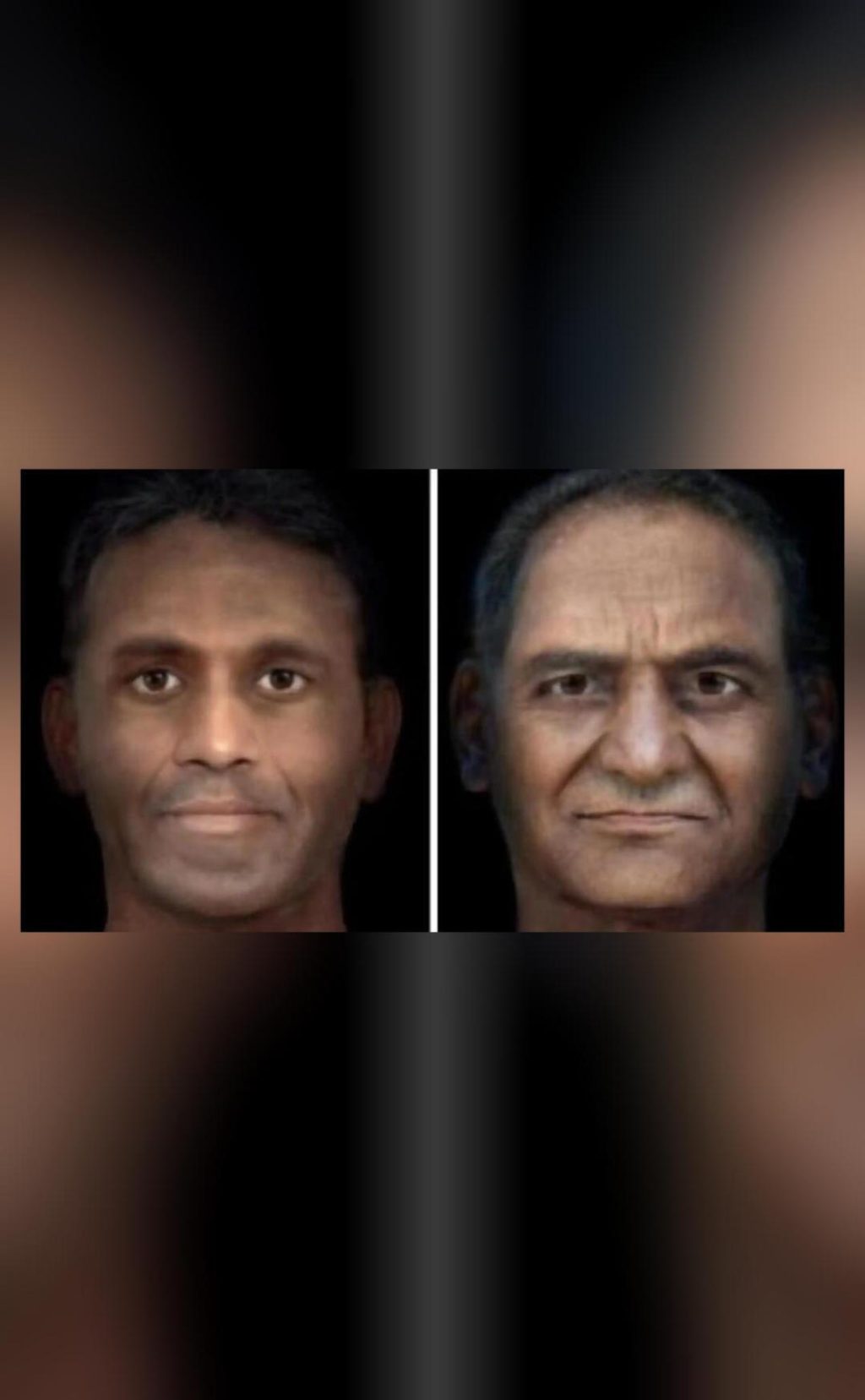
Faces of 2 men who lived 2,500 years ago in Tamil Nadu recreated
In a groundbreaking discovery, researchers have successfully recreated the faces of two men who lived approximately 2,500 years ago in Keeladi, Tamil Nadu. The project, a collaboration between Madurai Kamaraj University and Liverpool John Moores University, used forensic methods and CT scans of skulls found at a burial site to produce detailed facial reconstructions.
The discovery is significant not only because it provides a glimpse into the lives of ancient Tamils but also because it sheds light on the cultural and social practices of the time. The Keeladi site, which is believed to have been inhabited around 200 BCE to 100 CE, is one of the most important archaeological finds in recent years, offering a unique window into the lives of people who lived in ancient India.
The facial reconstructions were created using a technique called 3D printing, which allowed researchers to build a detailed model of the skulls. The models were then superimposed with facial features, such as eyes, nose, and mouth, to create a lifelike image of the two men.
One of the men, who is estimated to have been around 30-40 years old at the time of his death, had a robust build and a strong jawline. His face was characterized by a prominent nose and a distinctive shape to his eyes. The second man, who was likely in his 50s when he passed away, had a more slender build and a longer face. His features included a smaller nose and a more delicate jawline.
The researchers used a combination of forensic and archaeological techniques to create the facial reconstructions. They started by examining the skulls and taking detailed measurements of the facial bones. They then used computer software to create a 3D model of the skull, which was superimposed with facial features.
The team also analyzed the skulls to determine the men’s diets, lifestyles, and social status. The analysis revealed that both men had a diet rich in protein and carbohydrates, with evidence of consumption of grains, fruits, and vegetables. The researchers also found that the men had a high level of dental health, with very few signs of tooth decay.
The discovery of the two men’s faces is a significant milestone in the study of ancient India. It provides a unique opportunity to learn about the lives and customs of people who lived in the region over 2,500 years ago. The findings also highlight the importance of interdisciplinary research, which brings together experts from different fields to shed light on the past.
The Keeladi site, where the skulls were found, is a treasure trove of ancient artifacts and remains. Excavations at the site have uncovered a range of artifacts, including pottery, jewelry, and tools. The site is believed to have been a major center of trade and commerce in ancient India, with connections to other parts of the country and the world.
The discovery of the two men’s faces is a testament to the power of archaeology and forensic science. It demonstrates how these techniques can be used to learn about the past and bring history to life. The findings will undoubtedly be of great interest to historians, archaeologists, and anyone fascinated by the ancient world.
In conclusion, the recreation of the faces of two men who lived 2,500 years ago in Tamil Nadu is a remarkable achievement. The project provides a unique opportunity to learn about the lives and customs of ancient Tamils and highlights the importance of interdisciplinary research. The discovery is a testament to the power of archaeology and forensic science and will undoubtedly be of great interest to anyone fascinated by the ancient world.






